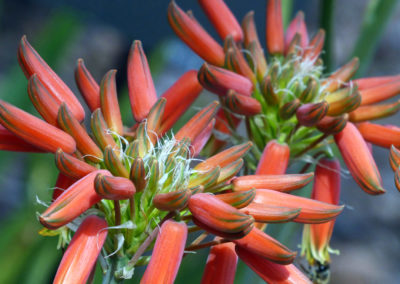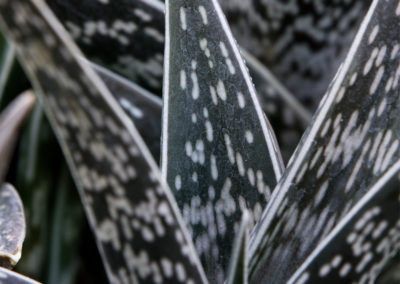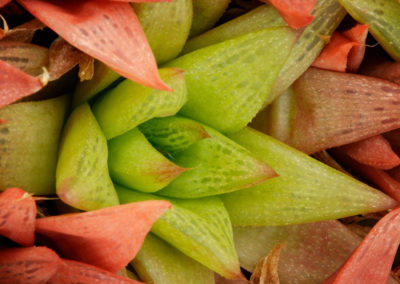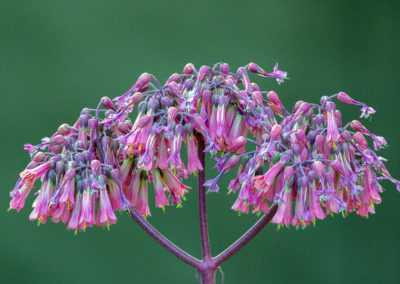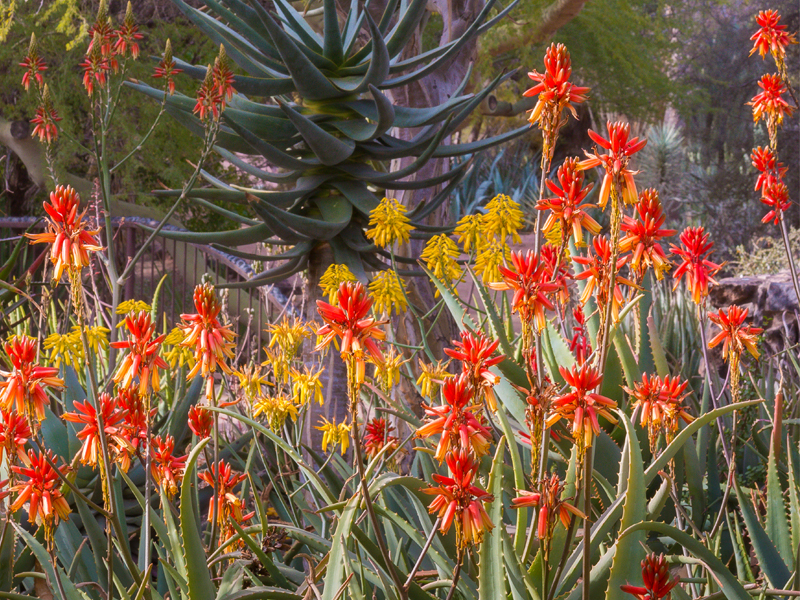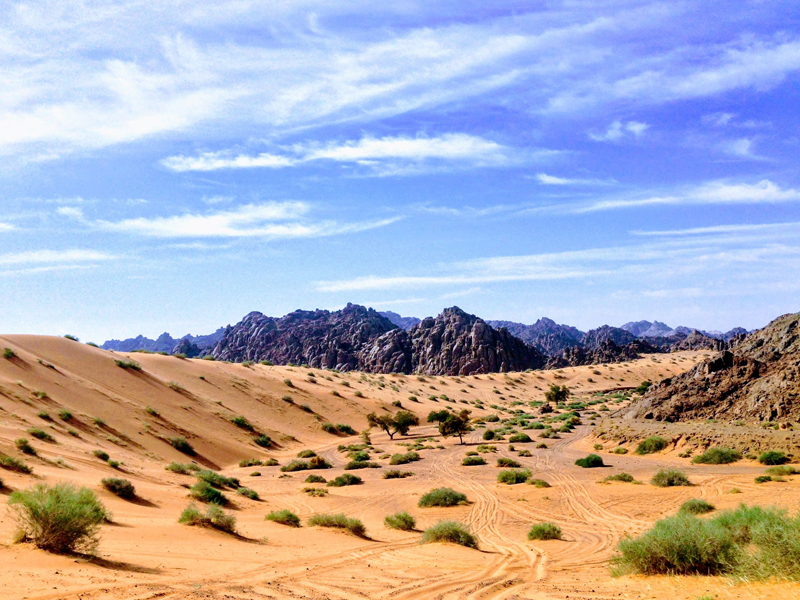April is Diversity Month–a time to recognize and celebrate the beauty of unique cultures, backgrounds and traditions. Today, we look at a plant used in numerous countries and cultures. It grows in several different areas of the Garden and, because it does well in so many regions, it is often found in home gardens, even outside of Arizona. We are speaking, of course, about aloe vera.
Aloe vera is thought to have originated on the Arabian Peninsula in Western Asia, but has become naturalized—meaning it can grow and reproduce in a new place without the help or care of humans—throughout North Africa, Sudan and neighboring countries, and in the Canary, Cape Verde, and Madeira Islands. It widely cultivated—planted and cared for by humans—in dry regions across the Americas, Asia and Australia.
The Garden has more than 1,900 aloe plants in its collection. Out of the 500 aloe species in the world, the Garden has more than 300. This does not include the different types of aloe hybrids, in which the Garden has nearly 65.
Aloe vera is a hardy plant to incorporate in your home landscape. It is very easy to grow, drought tolerant, thrives in poor soil, will tolerate a variety of lighting conditions and can grow outdoors. It produces attractive tubular flowers that vary in color from yellow to orange to red and attract shummingbirds.

